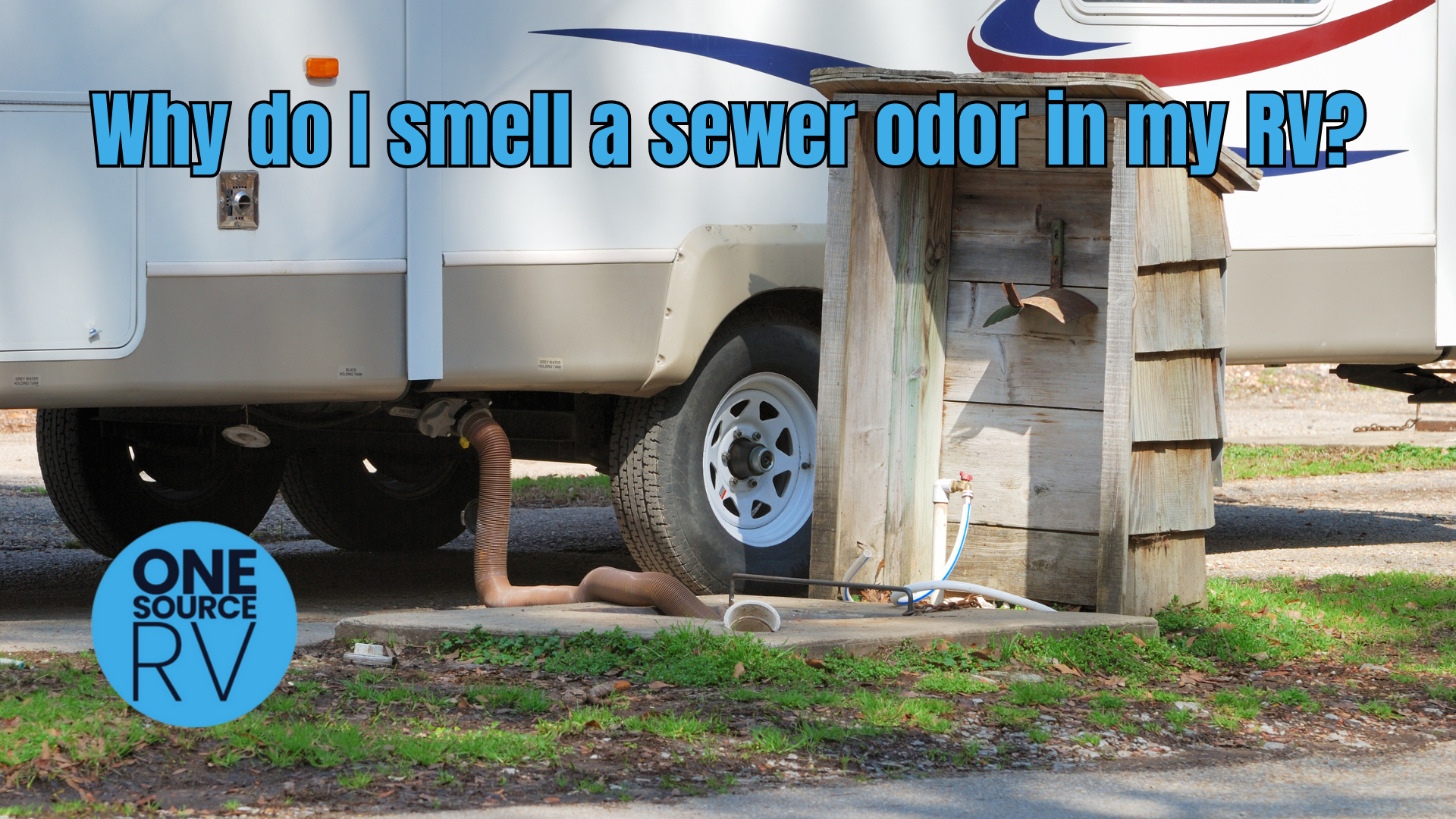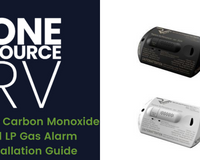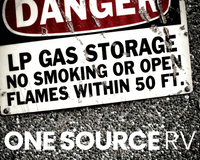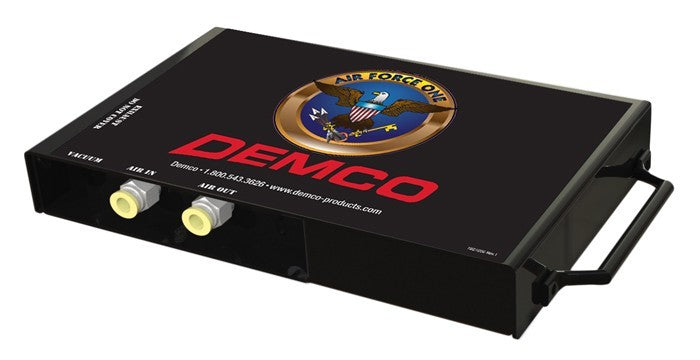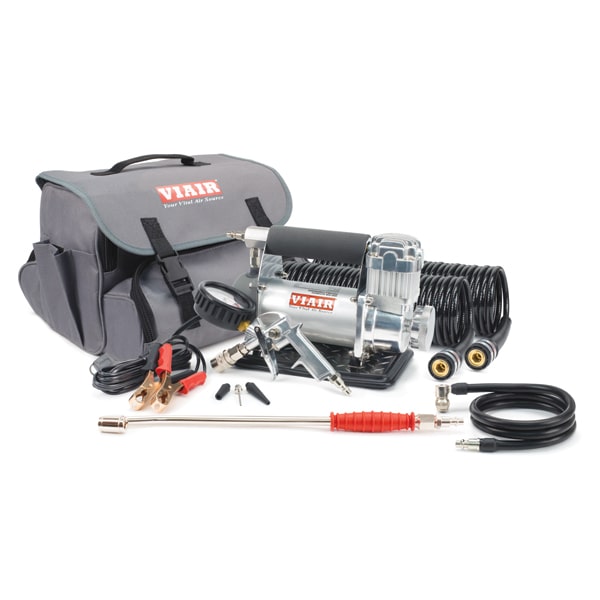There are several potential reasons for a sewer odor in an RV. Here are some common causes to consider:
- Empty or dry P-traps: P-traps are U-shaped pipes that hold a small amount of water to create a barrier against sewer gases. They are located below your sinks and tubs or showers. If the P-traps in your RV's plumbing system dry out or become empty, sewer odors can enter the living space. Run water through all drains, including sinks and showers to ensure the P-traps are filled. When winterizing your RV, add antifreeze to the traps to keep odors out and prevent water inside the traps from freezing.
- Damaged or leaking sewer lines: Inspect the sewer lines in your RV for any damage, cracks, or leaks. These are often located where the sewer line or vent line enters the holding tank. Even a small opening can allow odors to escape into the living area. Repair or replace any damaged sections of the sewer lines as needed.
- Ventilation issues: RVs have vent stacks or roof vents that allow air to escape from the plumbing system, preventing the buildup of sewer gases. If these vents become clogged or blocked, it can cause odors to linger inside the RV. Check for any obstructions and ensure the vent stacks are clear and functioning properly. Aftermarket sewer vent upgrades are available to improve removal of odors.
- Holding tanks: The holding tanks in your RV can be a source of odor if they are not maintained or cleaned regularly. Ensure that the tanks are adequately sealed and that there are no leaks. Regularly empty and clean the tanks using appropriate RV sanitation products to prevent odors from accumulating. Only use RV toilet paper and add an effective toilet treatment to your tank before using
- Toilet seal or flange issues: The toilet seal or flange can develop leaks or cracks over time, leading to sewer odors. Inspect the toilet area and check for any signs of damage. Check the toilet seal integrity by adding water to the bowl and verifying it does not drain out when closed. A toilet flange seal leak will normally be spotted by noticing a leak at the toilet base after flushing. Note: It’s important to get the correct seal or flange for your specific model of toilet when replacing. Replace the toilet seal or flange if necessary. Note: It’s important to get the correct seal or flange for your specific model of toilet when replacing.
- Improperly sealed plumbing connections: Check all the plumbing connections in your RV for proper sealing. Loose or improperly sealed connections can allow sewer odors to escape. Tighten or reseal any loose or faulty connections to eliminate potential sources of odor.
If you've tried these troubleshooting steps and the sewer odor persists, it may be beneficial to consult a professional RV technician or plumber who specializes in RVs to diagnose and address the issue.

